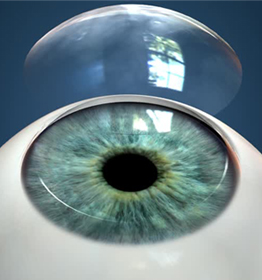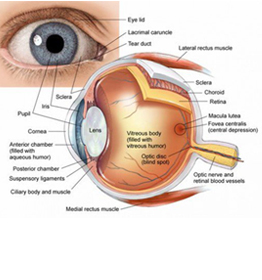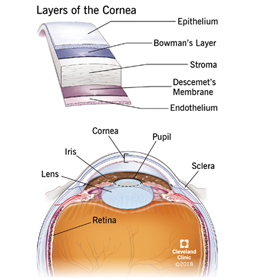Cornea is the transparent outermost layer of the human eye. Technically speaking, the cornea is not a single layer; its made of five delicate membranes that are arranged one below the other. Cornea plays a major role in focusing persons vision. Cornea is transparent and curvy in shape which helps in refracting light from any object to create its image on retina thereby enabling us to see the object clear and sharp.
As per World Health Organization corneal blindness is the fourth leading cause of blindness in India.
The corneal surface and its structure are very delicate. Any injury or infection of the cornea can lead to damage leading to loss of corneal transparency and thereby disrupting the normal vision which might also lead to blindness.
Common problems that affect the cornea are corneal ulcers, keratitis (inflammation of the cornea) and keratoconus (thinning of the cornea) apart from the allergies, infections like herpes and the corneal abrasions caused by external injuries.



